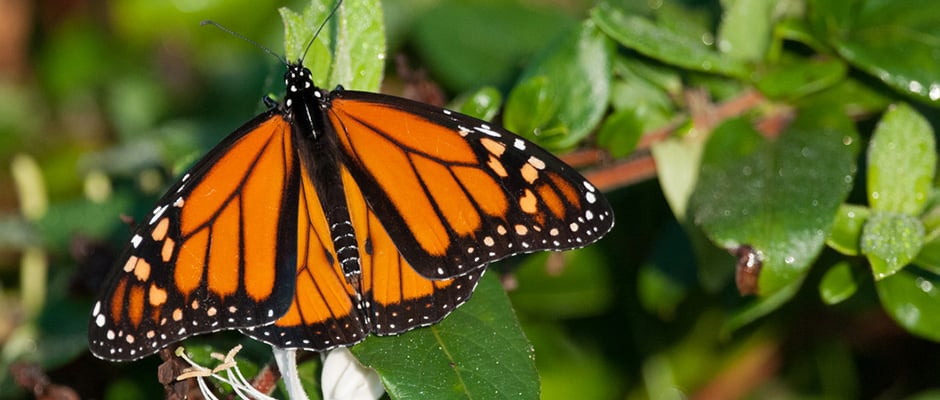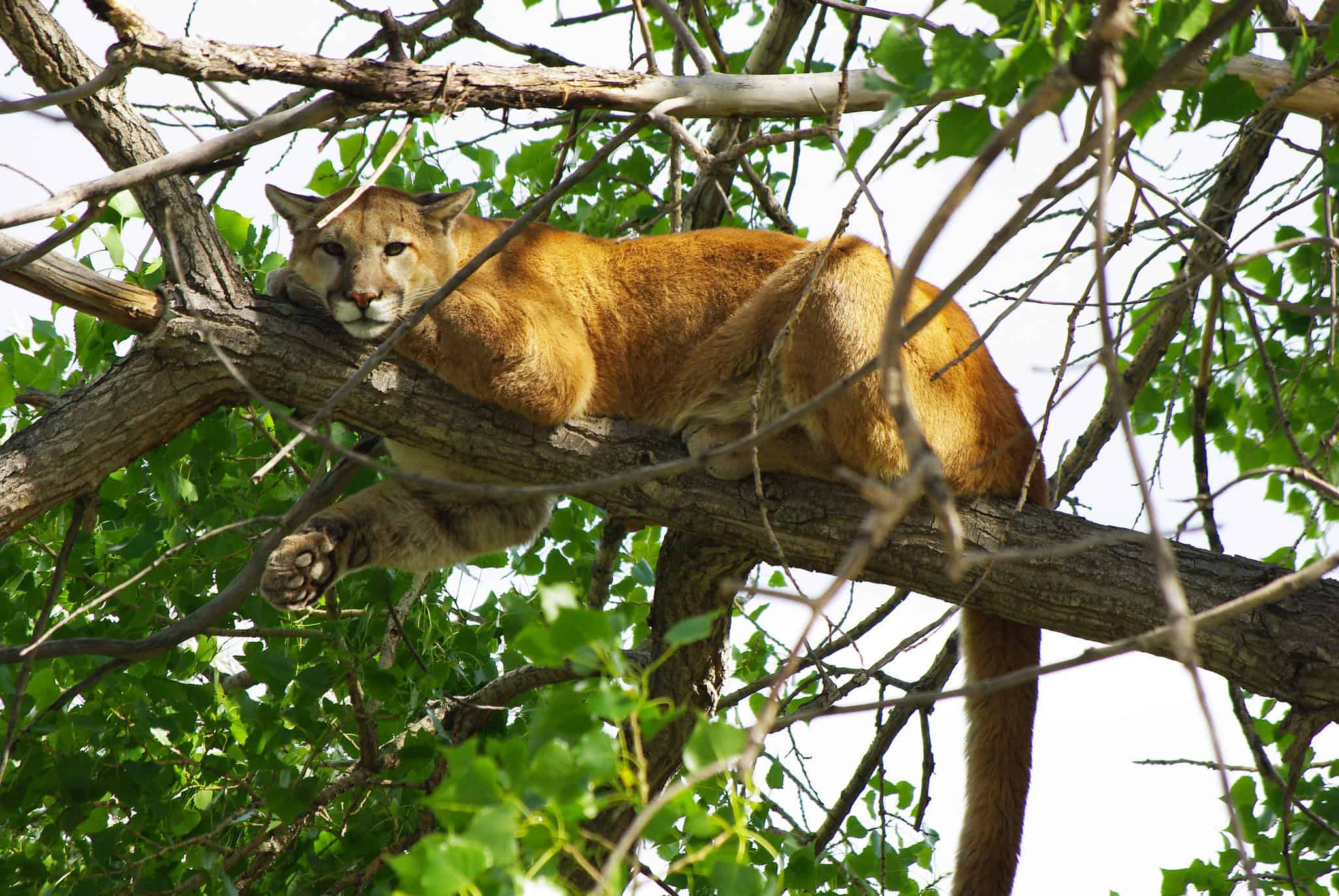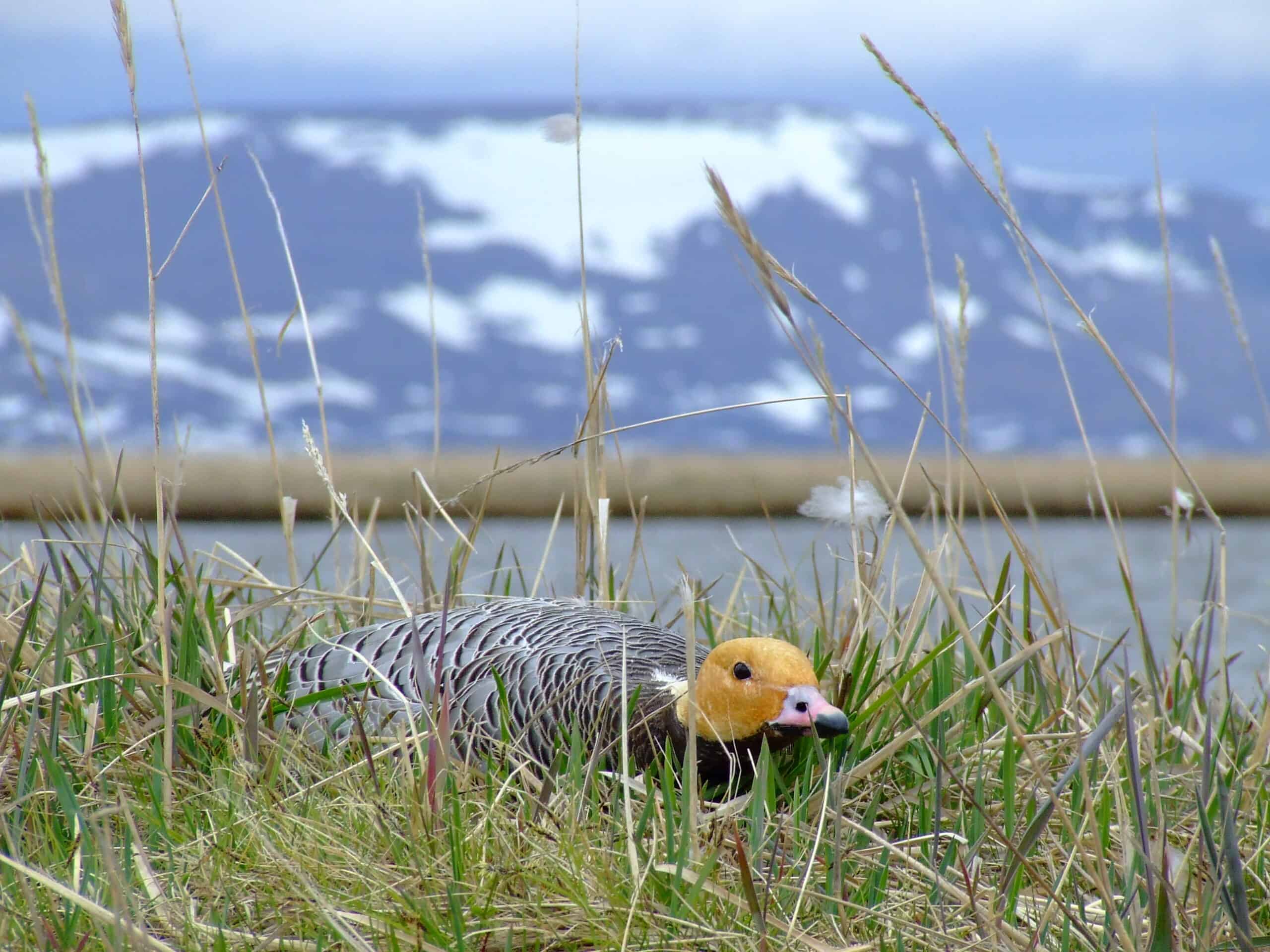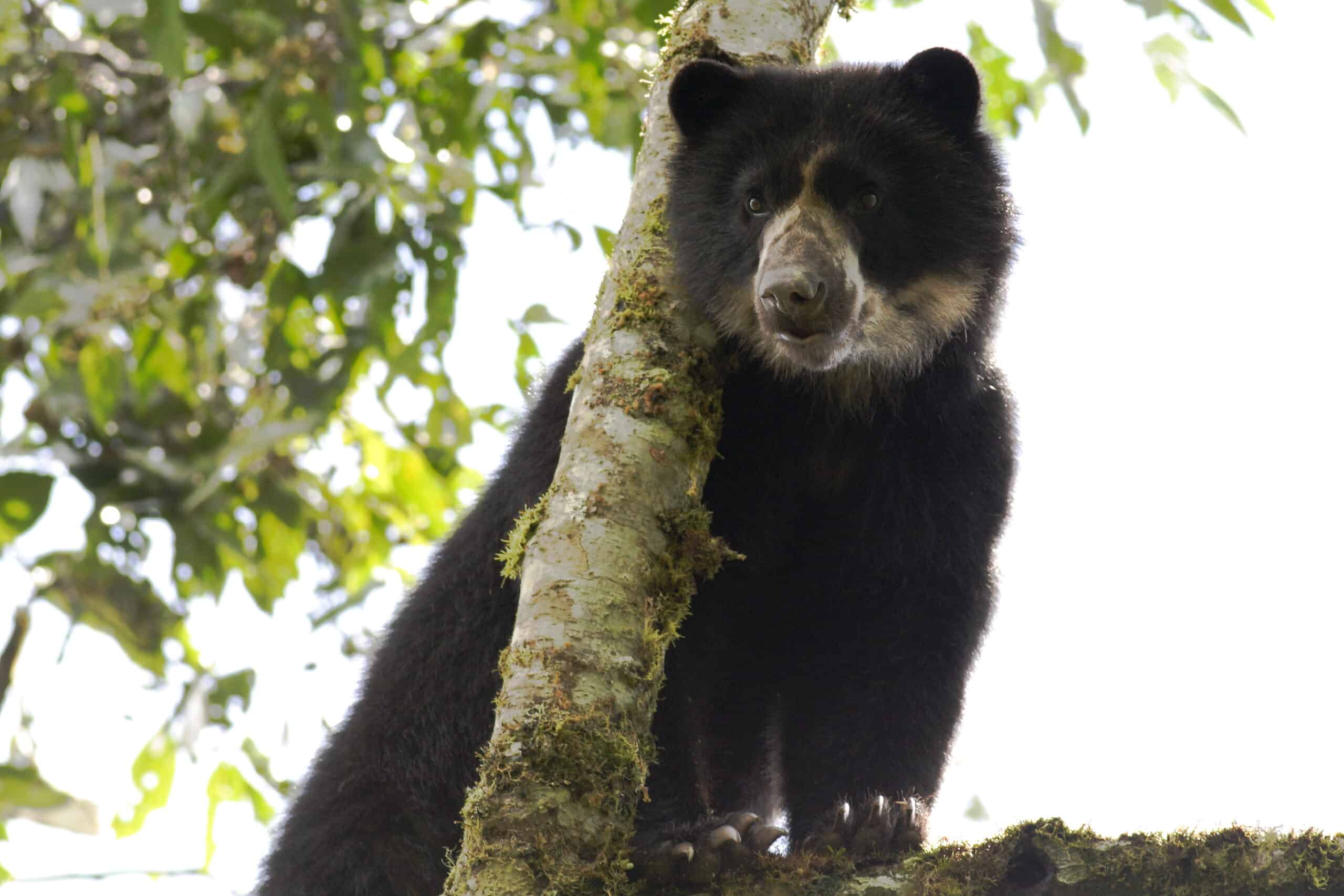Share this article
Vineyards Restore Native Habitat, Attract Butterflies
If there was a classiest insect award, it would go to butterflies, which seem to have an affinity for wine — or vineyards, at least.
According to a recently published study, Washington wine grape vineyards that have been experimenting with sustainable management systems have been pleasantly surprised by an increase in butterflies.
In conventional vineyards, growers often use pesticides, which often adversely affect organisms other than pest insects. In the study published in Journal of Insect Conservation, researchers discovered that when growers created natural habitat nearby to attract “good” insects such as parasitic wasps that consume pests that damage crops as a substitute for pesticides, they also attracted butterflies. In fact, researchers found that vineyards with nearby natural habitats have three times the number of butterfly species and four times the number of butterflies overall, when compared to conventional vineyards.
Some native plants attract natural enemies of pests and, in the process, provide habitat for butterflies. “It really is a win-win situation,” said David James, an associate professor in Washington State University’s Department of Entomology, who wrote the paper with three of his colleagues. “It’s a happy coincidence that native plants which enhance pest management are also often the ones that butterflies need.”
As part of their study, the researchers studied 120 species of plants and found that at least 50 of them have benefits — including 10 species of desert buckwheat. They recommend that growers plant this small plant species to help with pest management and to provide habitat for butterflies. James said planting this species as ground covers in between rows of vines could be useful in preventing dust problems and it will also benefit pest control and provide a home for a variety of butterfly species. James also said shrubs such as chokecherry (Prunus virginiana) are a good source of pest control and are also the host plant for the two-tailed tiger swallowtail butterfly (Papilio multicaudata).
While these native plant species used to enhance pest management and as hosts for butterflies are specific to the Pacific Northwest, other plants might be beneficial elsewhere, James said. However, the concept could be applied almost anywhere. “This research is just for the Southeast Washington desert,” James said. “But the idea could be done anywhere else. You would just have to learn what native plants are good for the particular region.”
James hopes to get the story out to Washington grape growers so that they take advantage of natural pest control and also help butterflies thrive, since many species are declining. He also said when looking at the bigger picture, helping butterflies will benefit the ecosystem in general. “Other organisms like lizards or birds will end up having a better habitat than they currently have,” he said.
While studies similar to this one, focusing on combining agricultural pest management with wildlife conservation have been done before in Europe and New Zealand, James says this is one of the first in the United States.
“It’s the beginning of a trend, and it’s going to take time,” James said. “It goes beyond butterflies, it’s just the chemicals that are holding us back — and we’re taking great strides in reducing the use of chemicals.” James continued, “We’re much closer to the idea of agriculture contributing to nature conservation than ever before. Now, on the horizon, is a flicker of light that we can do that.”
Header Image:
A monarch butterfly (Danaus plexippus) lands on a plant. Researchers found that butterflies like this monarch can benefit from vineyards that use natural habitat rather than chemical pesticides to reduce pests.
Image Credit: USFWS








